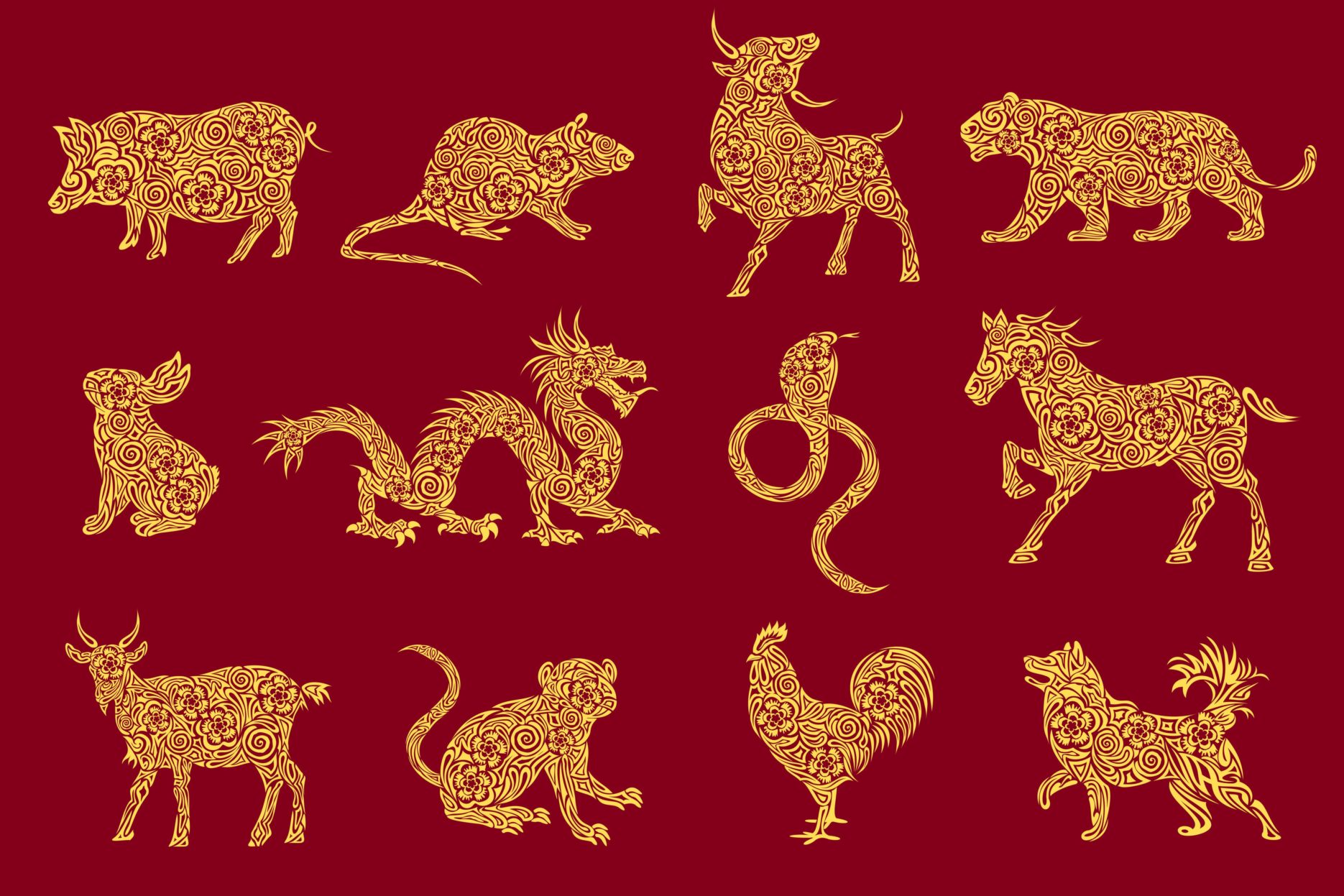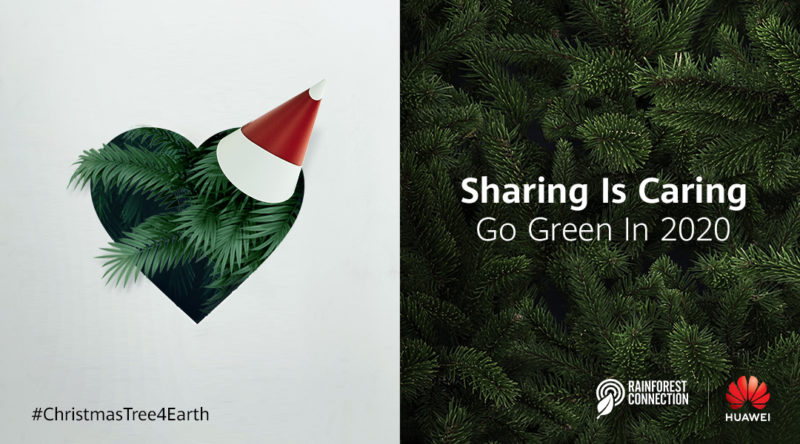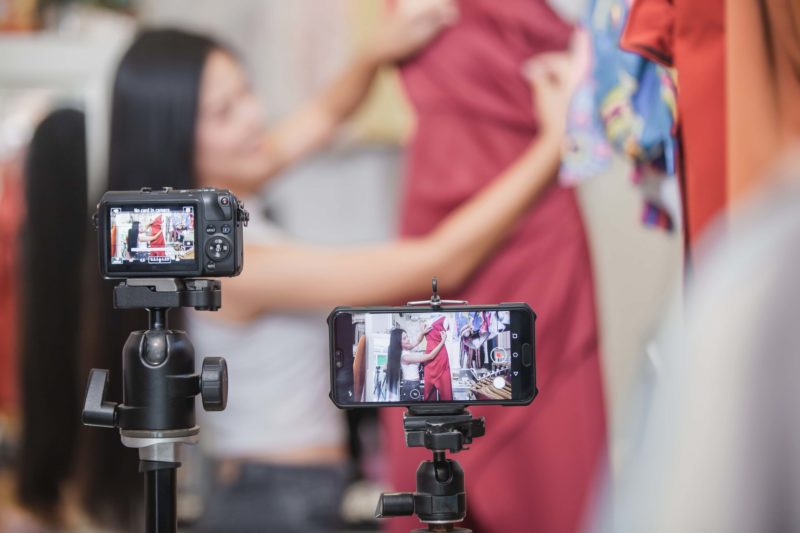Chinese New Year is just around the corner and that can only mean one thing… a multitude of much-anticipated campaigns. Chinese New Year is the most important festival in the country’s calendar and offers some people their only opportunity of the year to travel home to see their extended family. The importance of the festival is reflected in campaigns which are essential for brands operating in China.
We’ve picked out five Chinese New Year campaigns from recent years and explored the key cultural message in each. These campaigns were discussed at Qumin’s recent live event Cracking Chinese New Year Campaigns with Arnold Ma and Tom Nixon. Links are attached below so you can hear their thoughts about the relevant campaign.
FC Barcelona – Spring Into Colour (2020)
Chinese New Year is all about reuniting and spending time with family. A sense of “renao”, which describes the hustle and bustle of celebrations, is a central element in this as families come together to put up decorations and share food. Western brands face the key challenge of how to position themselves into these special moments in an authentic way.
FC Barcelona’s award-winning campaign was successful in evoking a sense of nostalgia and reminding fans of childhood memories. China’s economic development and growing wealth have brought about busy lifestyles and a detachment from the traditional ways of celebrating. “Spring Into Colour” showed the excitement about the festival from the lens of a young boy who is caught up in the buzz of preparations. The campaign involved Beijing art college students who designed masks alongside the players to include a personal touch from the footballers themselves.
Watch the discussion from 16:40-27:39
Airbnb – Turn Your Happiness Around (2020)
Airbnb’s animated story appealed to the essence of Chinese New Year: families being together. Due to the younger generation’s love for manga and anime, animated campaigns can be very popular among Chinese audiences. This has been demonstrated by the success of Ne Zha, an animated film based on a teenage deity in Chinese folk religion. Driven by China’s box-office sales, it took in over $700 million worldwide, making it the highest-grossing non-U.S. animated film in history. In addition to its popularity, brands that rely on animated campaigns can also cut their costs of production.
Due to urbanization, family gatherings have become less common as many city-dwellers are unable to take time off work in order to return to their hometown, a trend which has led to the emergence of “reversed celebration”. Instead, parents travel to the cities to celebrate with their children, a theme which is apparent in Airbnb’s video. As well as tapping into the raw emotion of a phenomenon that many consumers will be familiar with, the campaign effectively educated people about Airbnb’s services with the message that the company provides a home away from a home.
The campaign included astute cultural touches: posters of “fu” 福 which means luck or fortune are traditionally hung upside down to symbolize that fortune has arrived. This tradition is reflected in the video as the father constantly has to fix the poster after his daughter rotates it.
Watch Arnold and Tom’s discussion from 31:11-31:40
Apple – The Bucket (2019)
Apple’s short film tells the story of one of the key parts of Chinese New Year – the biggest annual migration in the world as people move from the city to the countryside to return home. This common phenomenon, which is a result of China’s rapid urbanization, resonated with many of Apple’s target audience.
The story is based around an old Chinese tradition: “an egg a day”. When a young man sets off on his journey back to the city after celebrating Chinese New Year in his rural hometown, his mother insists that he takes a huge bucket back. He drags it all the way and arrives home to find the bucket is full of sand and eggs. The tale is interlaced with Chinese cultural details and touched many viewers with its emotional connection to the family.
Although Apple has faced increasing competition from domestic smartphone brands in recent years, it has managed to truly resonate with Chinese consumers in its recent Chinese New Year campaigns.
Watch Arnold and Tom’s discussion from 45:20-53:22
Adidas – New Year Creates Everything (2020)
Adidas’ 2020 campaign moved away from the focus on family and relied on the usual cliches for Chinese New Year: dragons, lanterns, phoenix, red, and gold.
A range of big-names, including Angelababy, Eason Chen, Yiyang Qianxi and Liu Yifei, featured in the campaign. Adidas hoped that the celebrity names would attract consumers. However, China’s younger generation is less inclined to trust celebrities and influencers and prefer to rely on more authentic sources of recommendation. The campaign received a mixed review with some people thinking that it looked bold and fun, while others thought it lacked a deeper cultural significance.
Watch Arnold and Tom’s discussion from 58:48-1:02:38
Prada – Chinese New Year Gift (2020)
Prada’s Chinese New Year campaign was inspired by the fashionable lifestyle which prevailed in 1930s Shanghai. The video has little relation to Chinese New Year celebrations with characters playing darts, not a common activity during the festival.
Unlike Adidas’ campaign, it avoided stereotypes, however, many Chinese netizens disliked the campaign. Some Weibo users commented:
“It looks like a horror movie with weird music and lights”
“The model’s facial expression looks glum like she is not enjoying the celebrations”
“It looks like the scene of a drug deal”
They also criticized the use of green and red which is thought of as a badly suited colour combination as reflected in the Chinese idiom: 红配绿 赛狗屁 (red and green don’t look good together).
However, there are others who admire the campaign, praising it for being different and appealing to young, fashionable consumers.
Watch the live discussion from 1:05:45-1:07:47
CNY – a chance to build a relationship with consumers
A plethora of red, gold and dragons emerge in Chinese New Year campaigns but many brands miss the opportunity to more deeply resonate with Chinese consumers. This requires cultural insights – an understanding of the festival, the importance of family in Chinese society and current trends. However, brands don’t always get it right. Some brands try to integrate culture into their campaign and fall flat, while others don’t even try and attempt to “copy-and-paste” campaigns tailored to Western audiences.
Chinese New Year is an extremely important time for Chinese people and that should be reflected in the effort that brands put into making campaigns for the festival.
Want to learn how to make an effective campaign for Chinese New Year? Register for Qumin and China Britain Business Council’s Hacking Chinese New Year event which takes place today (12 January) at 1pm GMT.
Read the latest news about Chinese New Year 2021:









